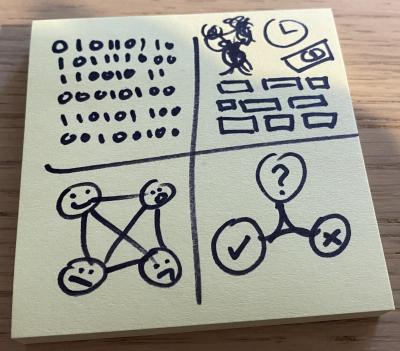Connie Benn and Joan Benjamin developed the 4 power model in the 1970s whilst working in the Poverty Education centre at the Brotherhood of St Laurence. I've always found it to be a useful frame of reference when seeking to understand what's going on in teams, projects and organisations.
This morning, whilst reading Australia's National Framework For The Assurance Of Artificial Intelligence In Government it occurred to me it might also be useful for examining and evaluating the use and impact of AI.
The Four Powers are:
- Power over information
- Power over resources
- Power over relationships
- Power over decision making
Let's think about these powers:
Information - the data sources we use to train machine learning systems, where it comes from, who owns it, what right we have to use it, question it, and how accurate or representative it is.
Resources - the tools, technologies, systems, skills, bandwidth, code, compute, capabilities, and capacity to work with, interrogate, build, and adapt AI and ML machines and applications.
Relationships - to each other as people, to the systems we're using and building, as well as to the inputs and outputs of these systems.
Decision making - are we deciding to use this technology? Or are we subject to others decisions to use it? Do we consider automated, machine generated decision-making as the same or different to human individual, or group decision making? To me, this power was always about individual and community agency, so how do we re-conceive this power if we have outsourced it to a machine?
Rough musings on a random Thursday morning.

